TIBET PAVILION – RUGGERO MAGGI – TURIN
- Tibet Pavilion – foto di Riccardo Ghirardini
Tibet Pavilion
a dream that made a mark
“If people is fully informed, it is able to distinguish what is right from what is wrong. Information’s censorship and restriction violate human right’s dignity.” (Dalai Lama)
Tibet: a country that has always recalled a religious, mystical feeling of peace. Tibet has been a kind of vital, spiritual “junction box” for all human beings, in contrast to the neighbouring country driven by destructive materialistic consumerism (until one day of many decades ago, it was conquered). Since then, Tibet has been oppressed, to the point that culture and language are now at risk of being lost forever. Both these countries are full of great charm and mystery, but one country is overwhelmed by the another. Now, some people want to annihilate them both, by pushing one into physical and cultural abyss of destruction, and brutalizing the another with the awareness spectrum of being guilty for a terrible oppression act, which has been condemned (not strongly enough) by other countries. Since the beginning, the Venice Biennial has given each country the chance to show their own and most representative artistic works, through the National Pavilion. The appeal for people’s dignity can be expressed also through an artistic project. Venice Biennale, this year, hosted the highest number of national presence ever register in his almost hundred-year-old history. A form of cultural redemption strongly wanted by many countries and for Tibet Pavilion – never country’s pavilion – even assumed a sort of socio-political valency. It’s interesting to note here what Angela Vettese says in her article “Art regains geography and identity”, published in “Il Sole 24 Ore”, concerning those countries that are willing to get a national pavilion.
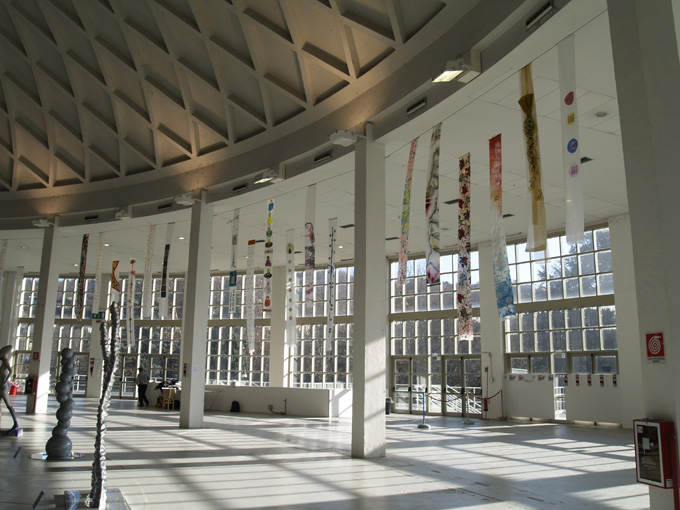
“[…] 87, ten more than in past one and the higher number ever reached since 1985… some need visibility honouring their increased economic presence in the international scenario, others need to show the difficult situation they are facing… Evidently, the Venice gymnasium is able to attract attention on one’s own emergencies. Participating means proving that you exist and resist. Even if “the culture is not edible”, it is part of those necessary things that build up identity… In terms of competitiveness, one’s own claimed existence as a given community is strengthened … The Venice Biennial … has become topical again, and it willingly shows the new geography. However and fortunately, it has found a new way of being, by becoming an open Embassy: a place where, year after year, native citizens let Foreign Cultural Institutes have their space and some suitable places to become Pavilions.”
At Turin, inside the Italy Pavilion, arranged by Vittorio Sgarbi, will be presented my project Tibet Pavilion, a simple idea, but with inner strong emotional charge. Art, as a system, by using all those means and possibilities of what is capable, might break the wall of silence that for too long is making vain attempts to help Tibetan people.
A wide review of works will be realized by contemporary artists directly on Khata, a typical scarf, used in Tibet offered by monks as a greeting and friendship sign. It’s going to be an event able to highlight the union between Sacred Tibetan Art and Western Contemporary Art, an unending construction on web and in reality: during the exhibition will be hosted theatrical and contemporary dance performances, round tables about the actual situation in Tibet. I have no illusions: I know this project it’s just a little thing, but I hope it can help to break the indifference that, for some inexplicable reasons, has grown up around the tragedy of this wonderful country with metaphysical heights.
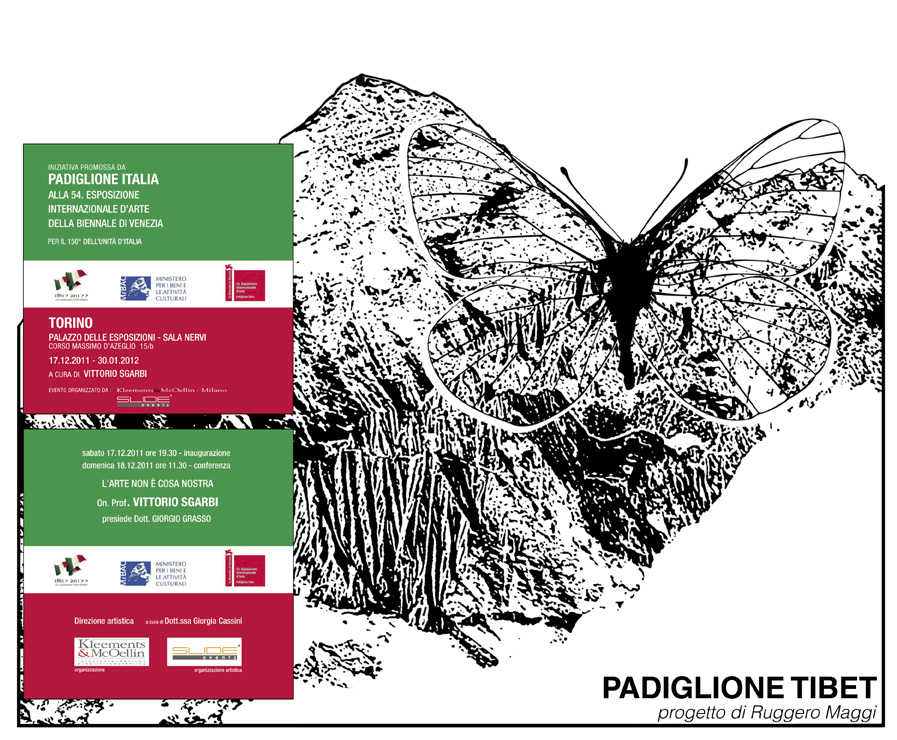
Firm decisions are necessary, from now on, to keep believing, hoping for a country with a violent dignity, with a hurt culture: Tibet Pavilion wants to be a strong protest sign to remember all Tibetan martyrs (13 only during this year).
This Country on the world’s roof, geographically and spiritually such a long way off that offer an isolation’s idea, but in reality is suffering a tragic situation which people is supporting daily by great dignity following the example of its spiritual leader, central figure in the Tibetan community, the Dalai Lama, who embodies the all martyrs’ spirit.
His face is Tibet’s symbol. His spirituality is a monition for all, a monition for do not forget.
Ruggero Maggi
Position the cursor on the images to view captions, click on images to enlarge them.
Posizionare il cursore sulle immagini per leggere le didascalie; cliccare sulle immagini per ingrandirle.

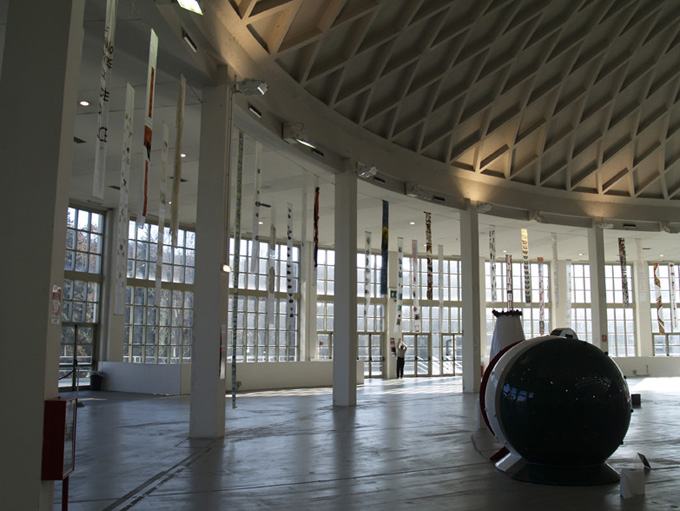
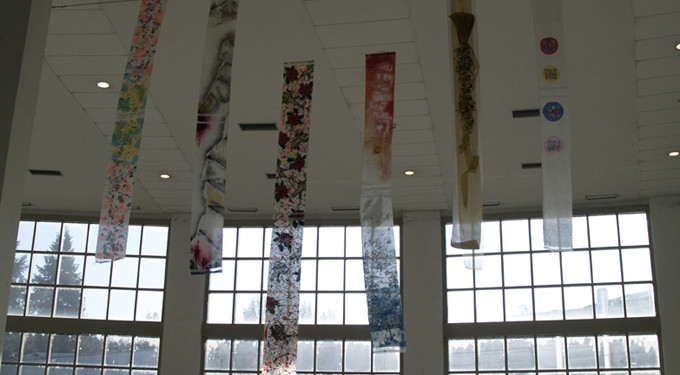
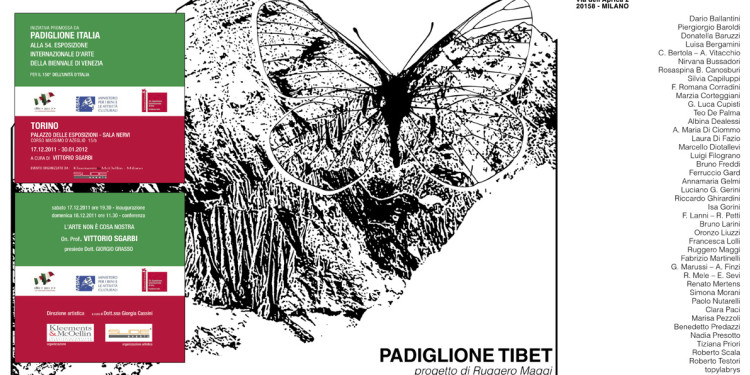
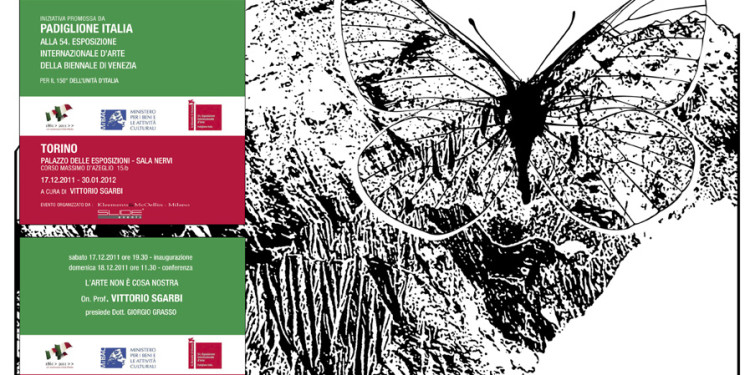
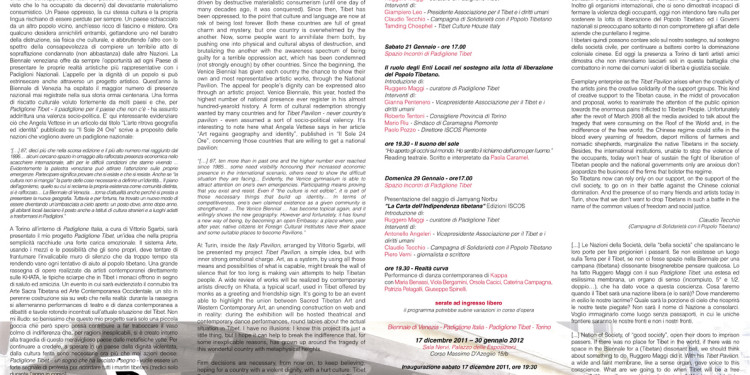
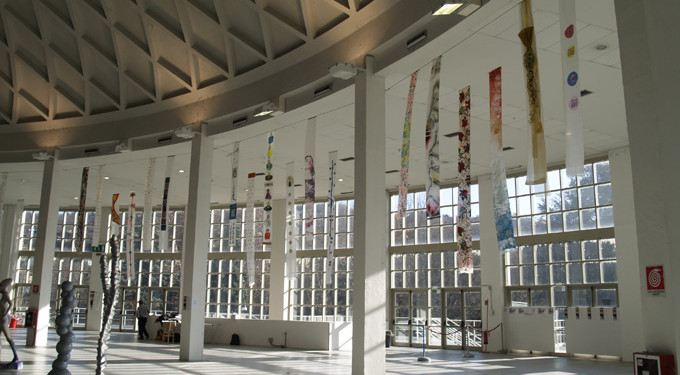
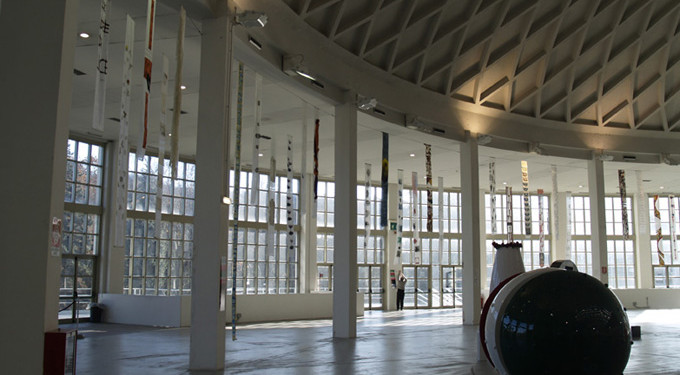
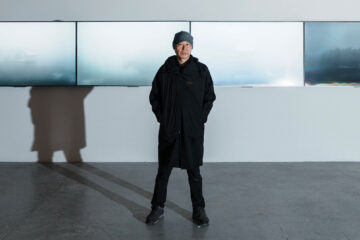
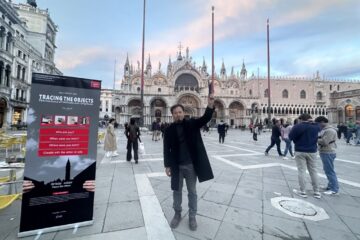
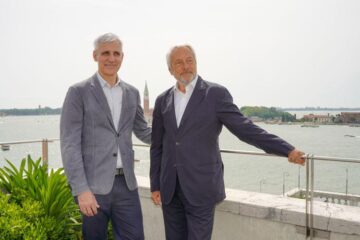
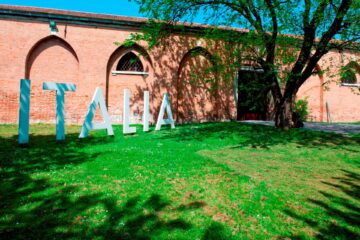

No Comment